In this informative article, you will explore the topic of pest control in historical sites. Delving into the challenges faced by these unique locations, you’ll discover the importance of effective pest management in preserving their historical significance. From ancient ruins to iconic landmarks, historical sites hold immense cultural value, making it crucial to address any pest-related issues in a mindful and sustainable manner. Gain insights into the best pest control practices and learn how to safeguard these treasured sites for future generations to enjoy.
Overview
Historical sites are not only cultural and architectural treasures, but they are also vulnerable to pest infestations. Pests pose a serious threat to the preservation of historical artifacts, the integrity of historical structures, and the overall cleanliness and safety of these sites. Therefore, effective pest control measures are of utmost importance in order to protect and maintain these valuable sites for future generations to enjoy.
The Importance of Pest Control in Historical Sites
Preservation of Historical Artifacts
Pests such as rodents, insects, birds, and bats can cause extensive damage to historical artifacts. Rodents, in particular, can chew through fabrics, papers, and wood, causing irreparable harm. Insects, such as beetles and moths, can devour textiles, bookbindings, and other organic materials. Birds and bats can leave droppings that not only deface valuable artifacts but also contain corrosive acids that can deteriorate their surfaces. By implementing effective pest control measures, historical artifacts can be safeguarded from these destructive pests.
Protection of Historical Structures
Pests can also wreak havoc on historical structures. Rodents, in their quest for shelter and food, can gnaw through electrical wires, wooden beams, and insulation. Termites, in particular, can cause severe structural damage by feasting on the wooden components of buildings. Insects like carpenter ants can also weaken wooden structures by creating nests within them. By ensuring effective pest control, historical structures can be preserved and maintained in optimal condition.
Maintaining a Clean and Safe Environment
Pests not only cause physical damage, but they can also create an unsanitary and unsafe environment. Rodents, insects, and birds carry diseases and parasites that can be harmful to humans. Their droppings can contaminate surfaces and air, leading to the spread of diseases. In addition, the presence of pests can be disruptive to visitors, affecting their overall experience at the historical site. Implementing comprehensive pest control measures is essential for maintaining a clean and safe environment for visitors and staff alike.
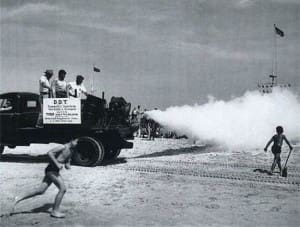
Common Pest Problems in Historical Sites
Rodents
Rodents, such as rats and mice, are common pests in historical sites. They have a knack for finding their way into buildings, searching for food and shelter. Unfortunately, historical sites provide an abundance of hiding places and food sources, making them prime targets for rodent infestations. These pests can cause significant damage to historical artifacts and structures and pose health risks to humans.
Insects
Insects, ranging from beetles to termites, can be a major nuisance in historical sites. They are attracted to the organic components of historical artifacts and structures, such as wood, textiles, and paper. These pests can cause extensive damage and deterioration if left unchecked. In addition, some insects, like mosquitoes and ticks, can transmit diseases to humans and animals, further emphasizing the need for effective pest control measures.
Birds
Birds, while admired for their beauty and melodic songs, can become problematic when they infest historical sites. Pigeons, for example, are known to roost and nest in the nooks and crannies of buildings, leaving behind droppings that deface structures and corrode surfaces. Furthermore, their droppings can harbor harmful bacteria and fungi, posing health risks to humans. Preventing bird infestations is crucial for the upkeep of historical sites.
Bats
Bats, although valuable for their role in insect control, can become a nuisance when they inhabit historical sites. Their guano can accumulate over time, causing staining and damage to surfaces. Bats can also carry diseases, such as rabies, which can pose a risk to humans who come into contact with them. Balancing the preservation of historical sites with the need to respect and protect the natural habitats of bats is a challenge that pest control strategies must address.
Methods of Pest Control in Historical Sites
Preventive Measures
Preventing pests from entering historical sites is the first line of defense. Regular inspections should be conducted to identify potential entry points and signs of pest activity. These inspections should be carried out by trained professionals who can identify vulnerabilities and recommend appropriate preventive measures. Sealing entry points, such as cracks and gaps, can deter pests from gaining access to the site. Additionally, proper waste management is crucial in eliminating potential food sources for pests.
Biological Control
Biological control involves the use of natural predators, beneficial insects, and microbial control to manage pest populations. By introducing natural enemies of pests, such as predators or parasites, the balance of the ecosystem can be restored. For example, introducing cats or owls can help control rodent populations. Beneficial insects, like ladybugs, can prey on destructive pests, such as aphids. Microbial control involves the use of bacteria, fungi, or viruses to target specific pests. This method offers a more environmentally friendly approach to pest control.
Chemical Control
Chemical control involves the use of insecticides, rodenticides, and fumigation to mitigate pest infestations. Insecticides are substances specifically designed to kill or repel insects, while rodenticides are used to control rodent populations. Fumigation involves the use of gaseous pesticides to treat an entire area. Chemical control methods should be used judiciously and in accordance with the specific needs and regulations of the historical site.
Physical Control
Physical control methods involve physically removing or deterring pests from the historical site. Traps and baits can be used to capture and remove rodents and insects. Exclusion methods, such as sealing cracks and installing screens or nets, can prevent pests from entering buildings. Bird netting can be installed to deter birds from roosting and nesting in unwanted areas. Repellents, both natural and chemical, can also be used to discourage pests from inhabiting the site.
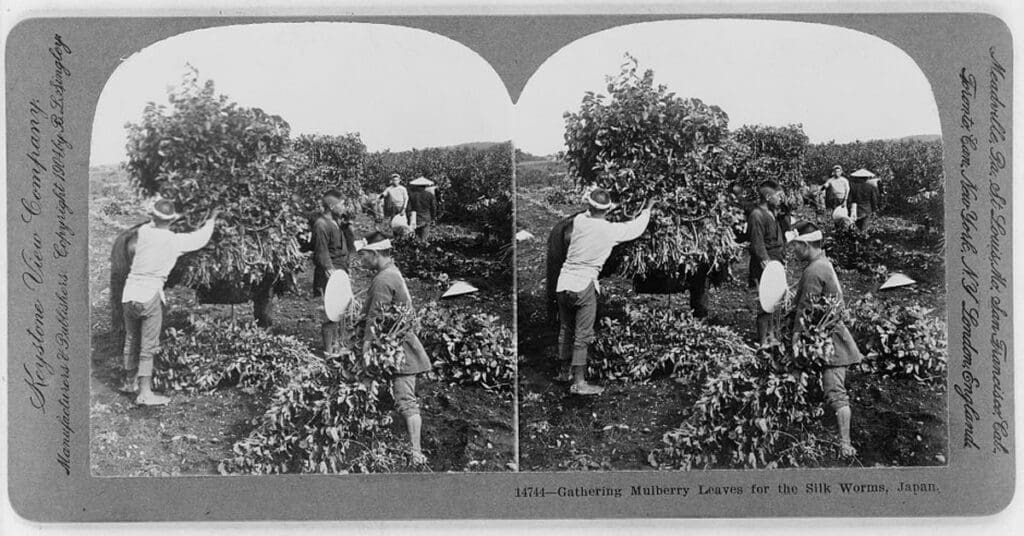
Preventive Measures
Regular Inspections
Regular inspections by pest control professionals are essential in identifying potential vulnerabilities and signs of pest activity. Trained experts can thoroughly inspect the historical site, including both the interiors and exteriors of structures, to identify areas of concern. These inspections should be scheduled at regular intervals to ensure that any pest-related issues are addressed promptly.
Sealing Entry Points
To prevent pests from entering the historical site, all potential entry points should be sealed. Cracks, gaps, and openings in walls, roofs, and floors should be properly sealed to deny pests access. Weather-stripping and door sweeps can be installed to seal gaps around doors and windows. By eliminating these entry points, the chances of pests infiltrating the site can be greatly reduced.
Proper Waste Management
Proper waste management is crucial in minimizing potential food sources for pests. Garbage and recycling bins should be kept tightly sealed, with regular disposal and cleaning schedules in place. Food waste should never be left exposed, as it can attract pests. By implementing effective waste management practices, the risk of pest infestations can be significantly reduced.
Biological Control
Introduction of Natural Predators
Introducing natural predators can help control pest populations in historical sites. For example, cats are known for their hunting skills and can help manage rodent infestations. Owls are natural predators of rodents and can serve as an effective deterrent. The introduction of these natural predators can help restore the balance of the ecosystem and reduce pest populations without relying on chemical interventions.
Use of Beneficial Insects
Beneficial insects, such as ladybugs and lacewings, can be introduced into historical sites to control destructive pests. Ladybugs, for instance, feed on aphids, which are known to damage plants and structures. Lacewings prey on various soft-bodied pests like caterpillars and mites. The use of beneficial insects offers a more sustainable and environmentally friendly approach to pest control.
Microbial Control
Microbial control involves the use of bacteria, fungi, or viruses to target specific pests. These microorganisms can infect and kill pests or disrupt their reproductive cycle. Bacillus thuringiensis (Bt), for example, is a naturally occurring bacterium that targets the larvae of certain insects, such as caterpillars and mosquitoes. Microbial control methods are environmentally friendly and can help reduce pest populations without causing harm to other organisms.
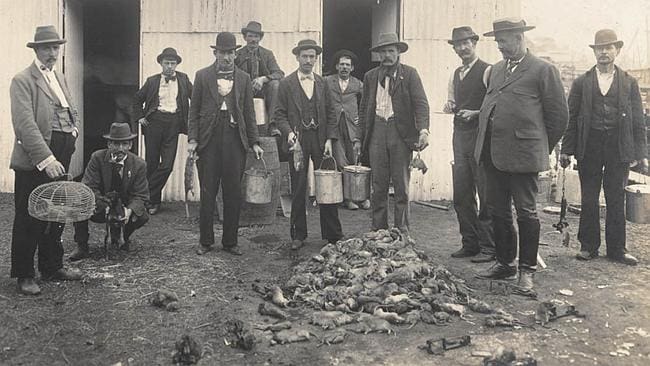
Chemical Control
Insecticides
Insecticides are chemical substances specifically formulated to kill or repel insects. They can be applied as sprays, dusts, or baits, depending on the target pest and the desired method of application. It is important to choose insecticides that are suitable for historical sites and compatible with the materials and artifacts present. Care should be taken to follow all safety guidelines and regulations when using insecticides.
Rodenticides
Rodenticides are chemical substances used to control rodent populations. They are available in various formulations, including baits and traps. When using rodenticides in historical sites, it is crucial to select products that are effective and safe for both humans and non-target animals. Proper placement and handling of rodenticides are essential to minimize the risk of exposure to humans and other organisms.
Fumigation
Fumigation involves the use of gaseous pesticides to treat an entire area infested with pests. This method is often employed when other control measures have been ineffective or when immediate eradication is necessary. Fumigation requires specialized equipment and professional expertise to ensure its safe and effective implementation. It is important to consider the potential impact of fumigation on the historical materials and structures before deciding to proceed with this method.
Physical Control
Traps and Baits
Traps and baits can be effective tools for physically removing pests from historical sites. Various types of traps, such as snap traps and glue boards, can be used to capture rodents and insects. Baits, which are typically laced with attractive substances and pesticides, can be used to entice pests and eliminate them. Proper placement and regular monitoring of traps and baits are essential for their optimal effectiveness.
Exclusion Methods
Exclusion methods involve physically preventing pests from entering or accessing historical structures. This can be achieved by sealing cracks and gaps, installing screens or nets on windows and vents, and ensuring that doors and windows are properly fitted and weather-stripped. Exclusion methods are a proactive approach to pest control, aiming to deny pests entry in the first place.
Bird Netting
Bird netting is an effective method for deterring birds from roosting and nesting in historical sites. Nets made of durable and lightweight materials can be installed over areas where birds are likely to gather, such as eaves and attics. Bird netting is a humane and visually unobtrusive solution that can help protect historical structures from the corrosive effects of bird droppings.
Repellents
Repellents can be applied to surfaces or dispersed in the air to deter pests from inhabiting historical sites. Natural repellents, such as essential oils or herbal extracts, can be used as a non-toxic alternative. Chemical repellents, such as those containing DEET or picaridin, are also available for effective pest control. The choice of repellent should be guided by its compatibility with historical materials and artifacts, as well as its safety for human use.
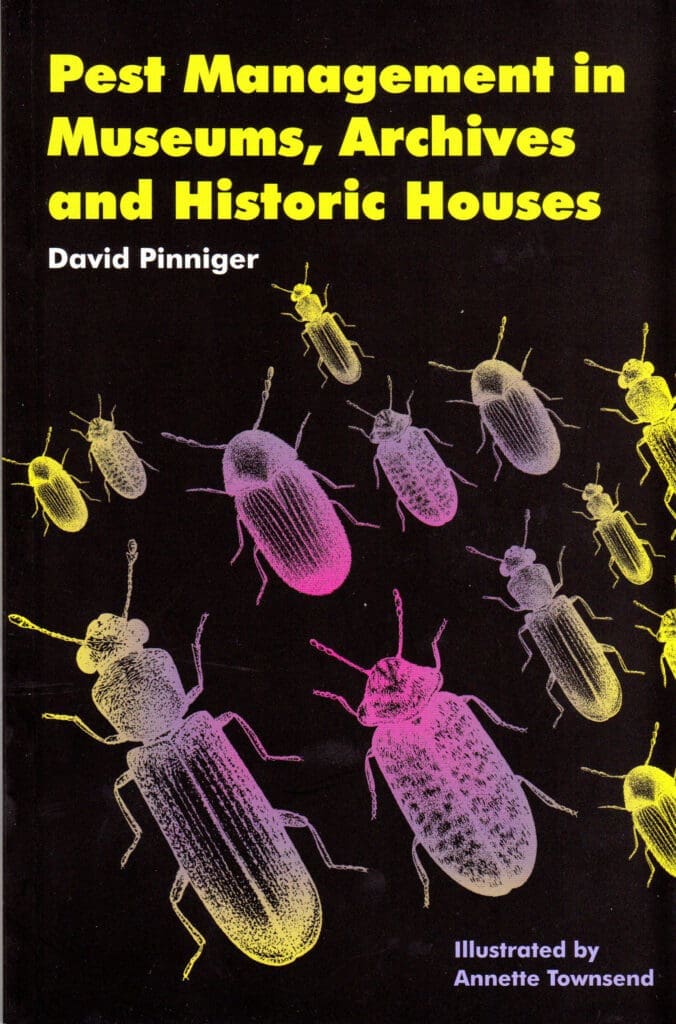
Considerations for Pest Control in Historical Sites
Environmental Impact
When implementing pest control measures in historical sites, it is important to consider the potential environmental impact. Chemical control methods, in particular, should be used judiciously and in accordance with applicable regulations to minimize harm to non-target organisms and ecosystems. Opting for more environmentally friendly options, such as biological control or physical control methods, can help reduce the overall impact on the environment.
Compatibility with Historical Materials
The choice of pest control methods should take into account the compatibility of the substances used with historical materials and artifacts. Some chemicals, for example, may be corrosive or may cause discoloration or deterioration of certain materials. In such cases, alternative methods or products should be considered to avoid compromising the integrity and aesthetics of historical sites.
Health and Safety
The health and safety of visitors, staff, and pest control professionals should be prioritized when implementing pest control measures in historical sites. Appropriate safety protocols and guidelines should be followed when handling and applying pest control substances. Regular monitoring, maintenance, and training programs should be established to ensure the ongoing effectiveness and safety of pest control efforts.
Conclusion
Effective pest control measures are essential for the preservation of historical artifacts, protection of historical structures, and maintenance of a clean and safe environment in historical sites. By understanding the common pest problems in historical sites, implementing preventive measures, and utilizing appropriate control methods, the impact of pests can be minimized. Balancing the preservation of historical sites with the need for pest control requires careful consideration of environmental impact, compatibility with historical materials, and health and safety concerns. With comprehensive pest control strategies in place, historical sites can be safeguarded and enjoyed by future generations.
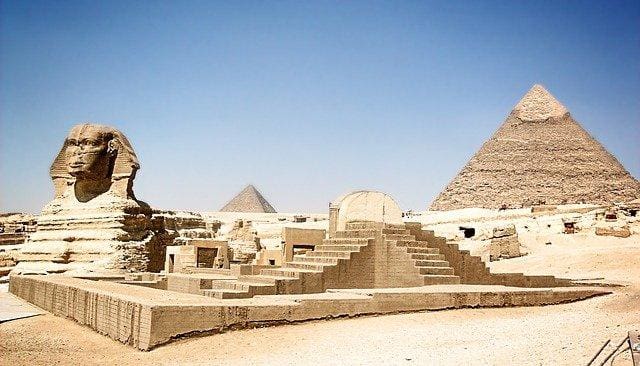

I am Randy, the author behind PestControld.com. Drawing from decades of experience, I aim to provide valuable insights, expert advice, and practical recommendations to help you make informed decisions when assessing viable pest control solutions.